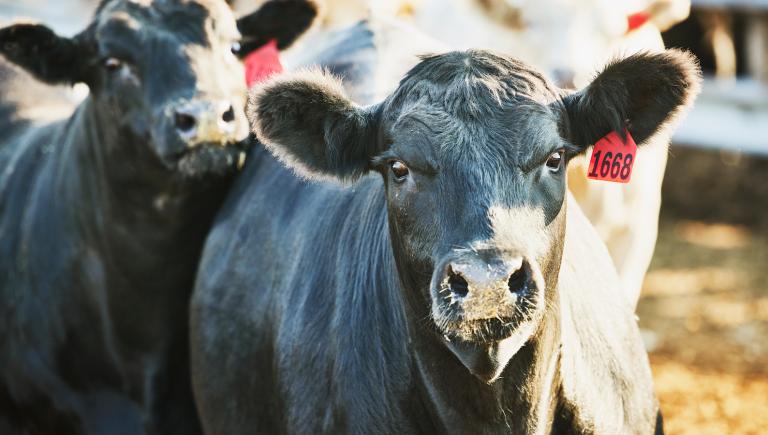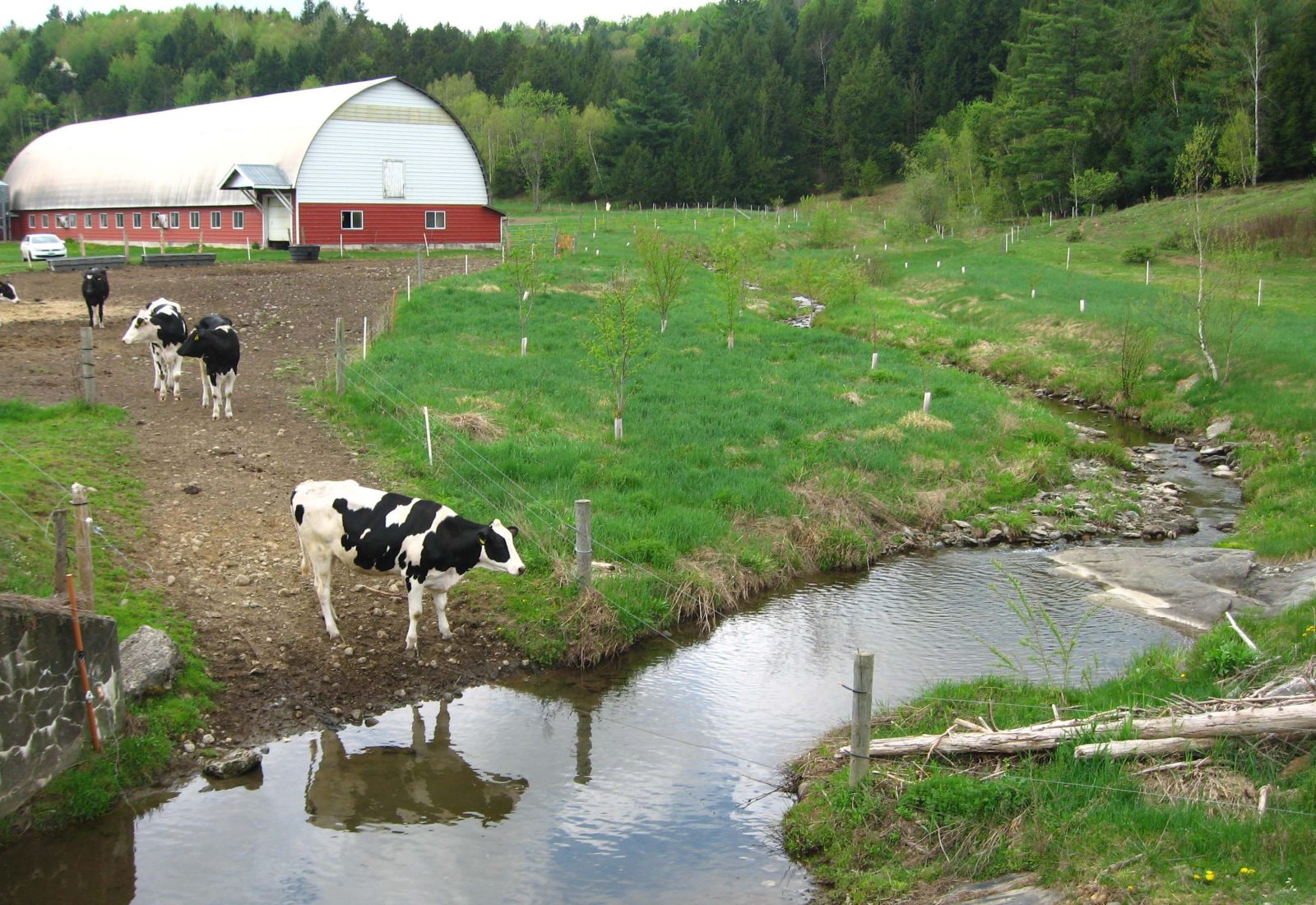Since 1985, the U.S. Department of Agriculture’s signature conservation strategy has been straightforward: pay farmers to stop farming. Leaving the land alone deters the erosion and run-off that degrade soil and water quality. And when farmers plant trees and grasses on those acres, they restore wildlife habitats lost to the plow.
The Biden administration thinks it can do even more. Last year, it rebranded the $2.3-billion Conservation Reserve Program, now a key tactic in its effort to cut agriculture’s carbon footprint, responsible for around 10 percent of the U.S.’s greenhouse gas emissions. Enrollment just opened, meaning farmers can sign their acres up for the cause. Zach Ducheneaux, Administrator of USDA’s Farm Service Agency, which manages the program, said it’s “another way that we’re putting producers and landowners at the center of climate-smart solutions that generate revenue and benefit our planet,” in a recent statement.
Can the 37-year-old program, initially designed to conserve land, pivot to taking on climate change? Researchers have their doubts that it can rise to the challenge without big changes. One problem is that contracts don’t last much more than a decade. “The catch is, acres enrolled in the program don’t necessarily stay there,” said Jesse Womack, a conservation policy specialist at the National Sustainable Agriculture Coalition. If land is farmed again, “we lose whatever carbon benefit we gained. That’s definitely a problem.”
Erosion has long threatened farmers’ most precious resource, and, in turn, surrounding waterways. For yearly rent checks, participants agree to remove land from production in 10-to-15-year long contracts. They can score additional payments by adopting environment-friendly practices that range from planting prairie strips to restoring wetlands or establishing duck-nesting grounds.
The program withered under the Trump administration. Its payments are based on local rental rates, and in 2018, the USDA capped payments to 85 percent of the rent. But last April, Biden’s USDA announced new marching orders for the land-conservation program: tackle climate change, by taking advantage of soil’s ability to lock up carbon. The USDA upped the rent and added more climate-specific incentives to coax landowners into participating. “Sometimes, the best solutions are right in front of you,” said Agriculture Secretary Tom Vilsack in an announcement at the time.
According to the USDA, the lands conserved under the program locked in an average of 48 million tons of greenhouse gases each year over the past decade — the equivalent to taking 9 million cars off the road every year. So it stands to reason that setting aside more land would lock even more carbon up.
When a contract expires, however, landowners may do with the land what they like. A USDA study found about half of the acres wind up back in production, which means they could release that carbon into the atmosphere again. “It’s a pretty hollow victory if we count carbon as sequestered that’s not very likely to stay sequestered over the long-term,” Womack said.
And soil is complicated, teeming with microbes and minerals, leading experts to doubt whether soil carbon sequestration can meaningfully mitigate climate change. Although conserving land brings a host of benefits to soil, water, and wildlife, there’s little consensus on how long carbon stays in the ground. Soil’s ability to store carbon differs farm to farm and region to region. On top of that, the stuff doesn’t trap carbon infinitely; with time, it has its fill and tapers off.
Revamping how the USDA scores applications could make the program more climate-friendly, according to Womack. When landowners apply, they’re assessed with a rubric called the Environmental Benefits Index, or EBI. Various factors score points — for instance, whether the conservation will improve water, air, or soil quality, or how likely a parcel is to remain conserved after the contract expires. Higher-scoring applications are more likely to be accepted.
At the moment, two criteria relate to climate: carbon sequestration and how likely environmental benefits are to outlast the contract. Together, they account for just 11 percent of the total score (at most, the former earns a measly 1.8 percent). “We probably want to give more weight to those crucial elements of addressing climate,” Womack said.
Another way to strengthen the program is by simply creating longer contracts or encouraging conservation more likely to stick around once contracts are up, Womack said. The longer land stays out of production, the longer it can hold onto carbon. He pointed to another version of the USDA’s program focused on grasslands, in which landowners get rent payments from the USDA as well as income from grazing operations. The USDA could foster more such working lands, like agroforestry operations, that would continue to bring in money after contracts expire — providing more incentive for landowners to keep them that way.
To be sure, there are other challenges that aren’t so easy to fix. Since the Conservation Reserve Program is voluntary, its competition is all the money farmers stand to make when they just keep farming. The USDA has rent and incentives at its disposal to make enrollment more inviting. But even when it offers more money, against the backdrop of corn and soybean prices reaching an eight-year high, conservation acreage has declined.
Last October, the USDA kicked off a five-year, $10-million effort to track soil carbon on conserved land and “quantify the climate outcomes of the program.” Scientists are going to start monitoring soil carbon across planted grasslands, wetlands, and forests. “This is a critical bit of data that I think we can provide for them and hopefully make [their] models a lot more accurate,” said Austin Himes, an assistant professor at Mississippi State University and one of the project’s lead scientists.
Forests like those Himes will study offer another opportunity for long-lasting conservation. His sites are scattered over seven states, including fields that were turned into hardwood forests in the lower Mississippi Delta and pine-filled plots in the coastal plain across Alabama and Tennessee. “One of the benefits to these forestry projects is that it is a lot harder to bring the plow back in and reconvert lands to that agricultural use,” he said.




